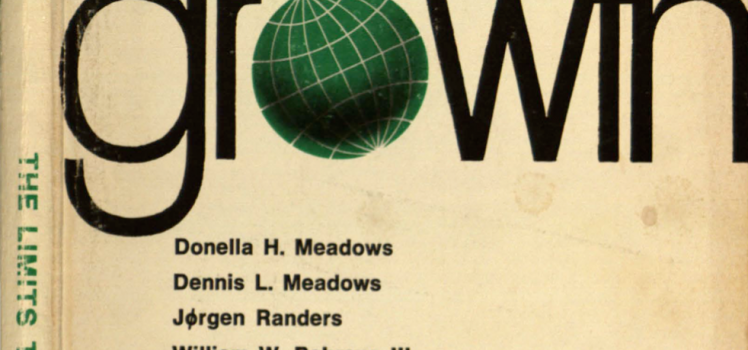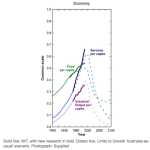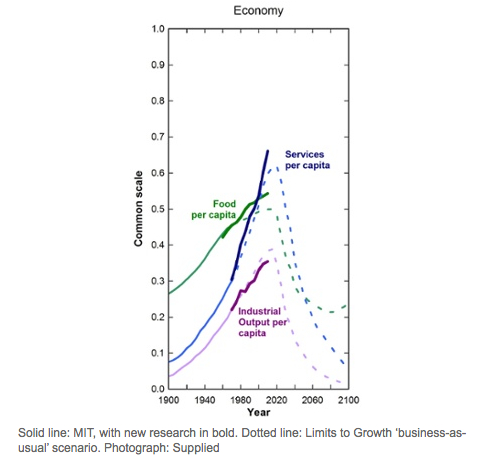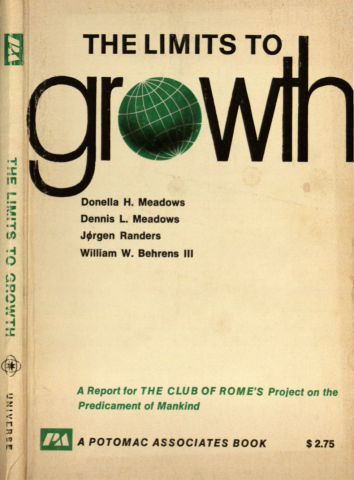Limits to Growth …was right…


I was a school student when this first Club of Rome Report was widely heralded.
I was in University studying Geography, History, Literature and Politics when I looked closely at its research and findings.
I was teaching when the “20 year old” report was critiqued as flawed and plain wrong.
As Limits to Growth concluded in 1972:
If the present growth trends in world population, industrialisation, pollution, food production, and resource depletion continue unchanged, the limits to growth on this planet will be reached sometime within the next one hundred years. The most probable result will be a rather sudden and uncontrollable decline in both population and industrial capacity.
Four decades after the book was published, Limit to Growth’s forecasts have been vindicated by new Australian research.
-The Guardian
The task was very ambitious. The team tracked industrialisation, population, food, use of resources, and pollution. They modelled data up to 1970, then developed a range of scenarios out to 2100, depending on whether humanity took serious action on environmental and resource issues. If that didn’t happen, the model predicted “overshoot and collapse” – in the economy, environment and population – before 2070. This was called the “business-as-usual” scenario.
The book’s central point, much criticised since, is that “the earth is finite” and the quest for unlimited growth in population, material goods etc would eventually lead to a crash.
So were they right? We decided to check in with those scenarios after 40 years. Dr Graham Turner gathered data from the UN (its department of economic and social affairs, Unesco, the food and agriculture organisation, and the UN statistics yearbook). He also checked in with the US national oceanic and atmospheric administration, the BP statistical review, and elsewhere.
That data was plotted alongside the Limits to Growth scenarios.
The results show that the world is tracking pretty closely to the Limits to Growth “business-as-usual” scenario.
As described below, data from the forty years or so since the LTG study was completed indicates that the world is closely tracking the BAU scenario. In the BAU, during the 20th century increasing population and demand for material wealth drives more industrial output, which grows at a faster rate than population.

Links:
- The Club of Rome – Limits to Growth
- Is Global Collapse Imminent? [ PDF ] – Melbourne Sustainable Society Institute
- Melbourne Sustainable Society Institute
- Limits to Growth was right. – The Guardian


